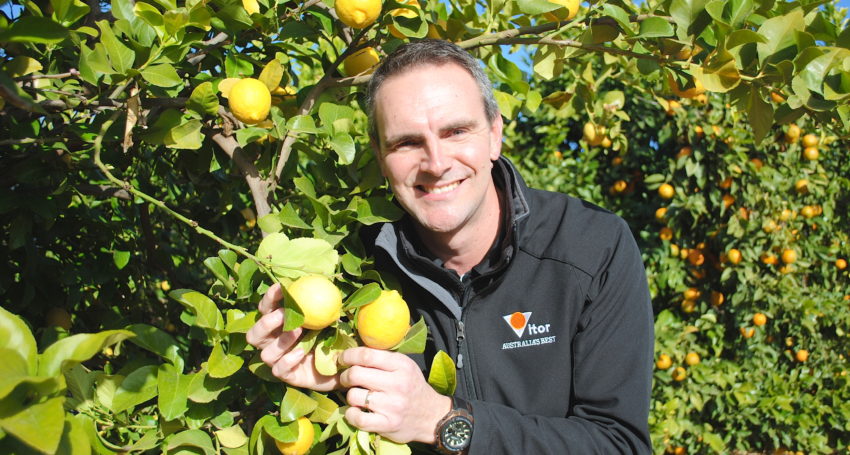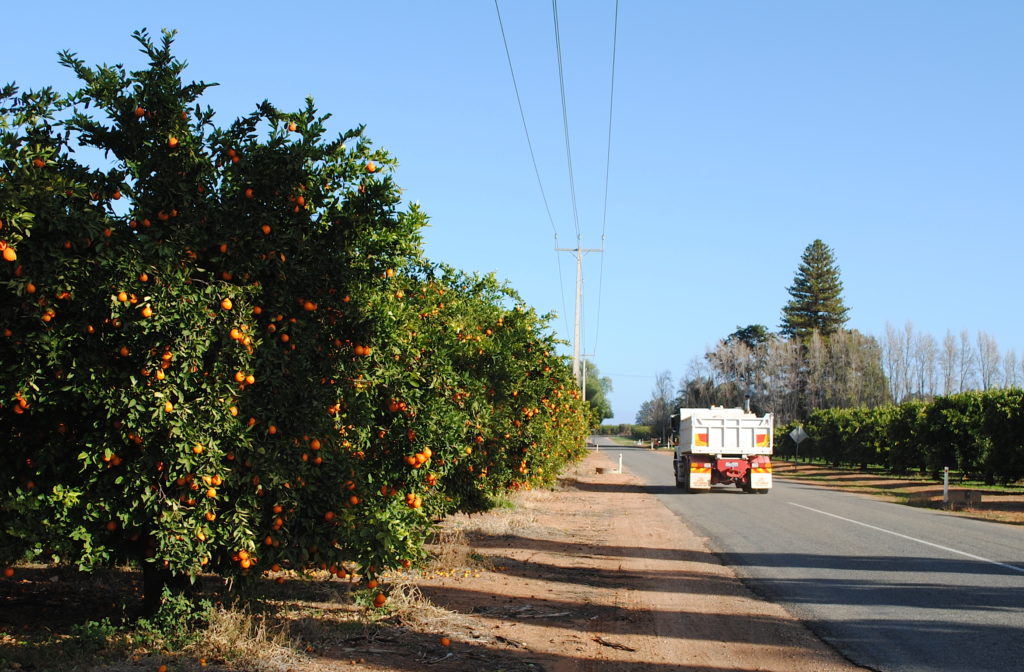Australian citrus growers promote healthy fruit harvest
Primary Industries
South Australia’s premium orange growers are hoping a spike in demand for Vitamin C-laden fruit will grow its Asian markets.

Sign up to receive notifications about new stories in this category.
Thank you for subscribing to story notifications.

As harvest of top-quality navel oranges approaches in South Australia later this month, Citrus Board of Australia chairman Ben Cant said anecdotal evidence showed consumers are searching for healthy fruit as COVID-19 reshapes demand.
About 50 per cent of the South Australian citrus crop is exported and Cant said the industry was cautiously optimistic freight shipments would continue to key markets in China and Japan.
Table grapes are still reaching overseas markets and previously there had been a spike in demand for high Vitamin C fruit after the SARS virus affected China in 2003.
“I think the one thing we’re clinging onto with all of this is we have particularly with oranges but also mandarins, we have a pretty highly concentrated fruit with Vitamin C consumption,” Cant said.
“With the world in the grips of coronavirus, we are hearing anecdotally that even in South Australia the imported citrus, as it is not in season here, from the USA and Egypt, sales have grown by 50 per cent.
“We have some history where post SARS in China, sales tripled in volume.
“We only need 300 million middle class Chinese people thinking ‘I should eat an orange this week or day’, and all of a sudden sales would go through the roof.”
The Riverland region in South Australia is the nation’s third largest in citrus production with about a third of its 180,000 tonnes of fruit hand picked – and it is home to the nation’s leading growers of premium export navel oranges.
This year’s crop is looking promising, with an average crop size but high sugar levels in oranges and mandarins, Cant said.
Despite some growers experiencing damage from hail storms in November last year, Cant said lower scaled fruit showing blemishes could still be sold for juice or as lower grade product to secondary export markets in the Philippines, Indonesia and Malaysia.
This market also had grown in China in juice and food industry sectors where citrus is used without skins.
Cant said while crops looked promising, the industry needed about 30,000 workers nationally over the next six months to get fruit off trees.

Industry leaders have successfully lobbied for work visas for backpackers or South Pacific Islanders still living in Australia to be extended, and Cant hoped that would support Riverland growers expected to begin harvesting oranges around Anzac Day on April 25.
Cant is also citrus supply manager for the Costa Group that has 2300 hectares in the Riverland and accounts for up to 60 per cent of the South Australian citrus harvest.
At peak harvest the company employs about 1000 workers and the regular pool now faces strict border restrictions.
“We would always employ locals as a preference but in a town of 10,000 people in Renmark that is difficult,” he said.
“COVID-19 is having a profound influence on wholesale markets, supermarket distribution and getting workers to the farm.
“None of these backpackers qualify for welfare, we can keep them gainfully employed, they are high risk and vulnerable.”
Many workers that Costa Group has previously employed through the Federal Government’s Pacific Islander Scheme were still in the country and they were also now eligible to have work visas extended.
Cant said it was particularly important to have experienced workers as fruit needed to be harvested and handled correctly to ensure fruit was not damaged.
Citrus Australia has immediately supported the industry by gathering documentation from state and federal governments to collate a toolbox for growers and citrus packing sheds around COVID-19 best practice.
Information covers ensuring workplaces are meeting guidelines and how to respond if staff members are unwell.
Local accommodation businesses targeting harvest workers were also changing configurations and business models to cater for new social distancing rules.
“I think growers and packing sheds are optimistic about the season, the returns they could receive, but there are concerns,” Cant said.
“It’s a very difficult position because you know your crop is worth probably a large amount of money, the challenge is going to be turning this year’s crop into cash.
“But in South Australia, we might not be the biggest state but we are tight knit and we do what we need to do to get things done.”
The ASX listed Costa Group is one of the Riverland region’s largest employers employing about 900 harvest workers and another 200 to 300 in the packing and marketing areas.
It was founded in the 1970s and the citrus category of the business last year has a turnover of about $120 million, the Japanese market is a key driver and exports also travel to China, the USA and South East Asia, and New Zealand.
Jump to next article



